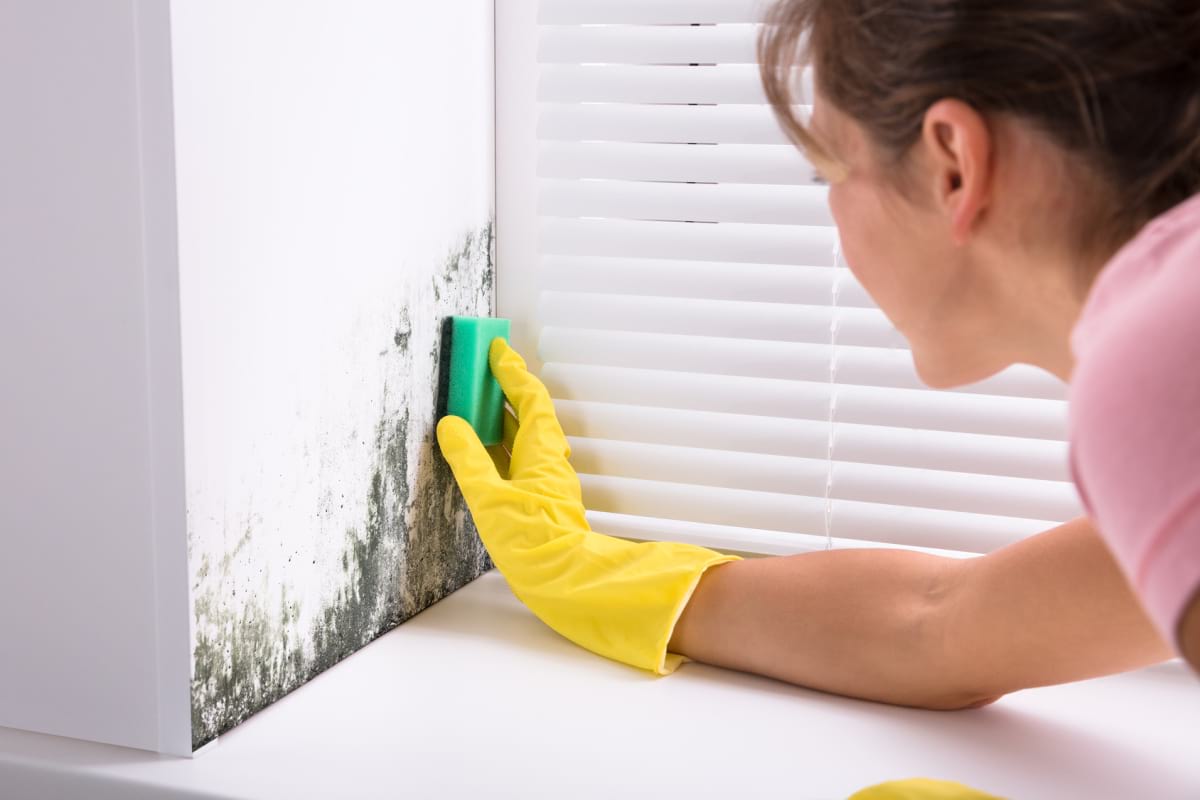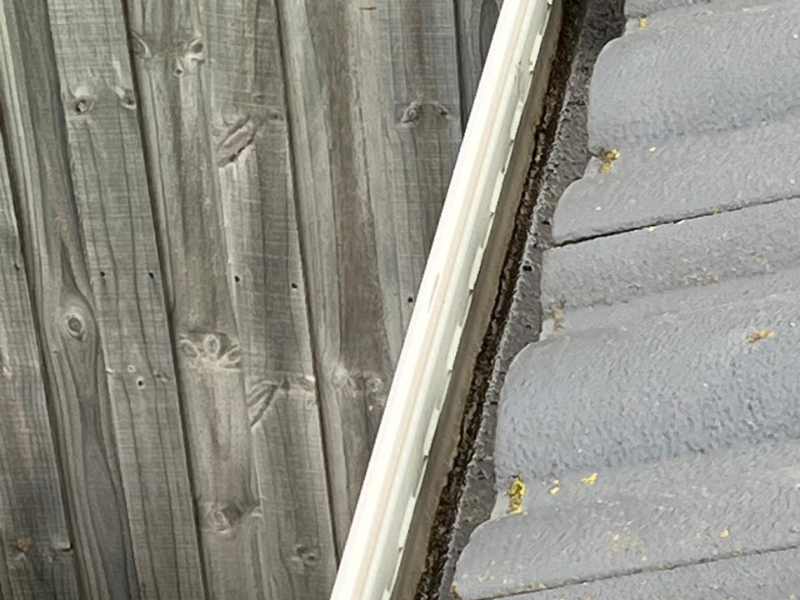When cleaning out home, there can be certain spots that may seem impossible to tackle. And we can’t even neglect them since it can lead to a buildup of allergens.
But with the right techniques, cleaning even the most inaccessible spots can become manageable. In this article, we will provide practical tips to help you in house cleaning Somerville ma effectively. Let’s jump right into it!
1. Ceiling Corners and Cobwebs
Cobwebs often appear in ceiling corners and are easy to miss during your regular cleaning routine. These hidden spots can collect dust and create a neglected look.
How to Clean:
- Use an Extendable Duster: Invest in a long-handled, extendable duster that can easily reach ceiling corners. Microfiber dusters are excellent for trapping dust and cobwebs without scattering them into the air.
- DIY Tool: If you don’t have a specialized duster, attach a clean microfiber cloth to a broom or mop handle using a rubber band. This makeshift tool will help you reach high spots with ease.
- Vacuum with Attachments: For tougher cobwebs, use a vacuum cleaner with an extendable wand and a soft brush attachment. This will suck up cobwebs and dust without spreading them around.
2. Ceiling Fans
Ceiling fans can collect dust on the top side of their blades, which often goes unnoticed. Dusting these blades regularly will help keep allergies at bay and prevent dust from spreading when the fan is turned on.
How to Clean:
- Pillowcase Trick: Slip an old pillowcase over each blade, then gently pull it back, trapping the dust inside the pillowcase. This prevents dust from falling onto your furniture or floor.
- Microfiber Duster: Use an extendable microfiber duster designed for cleaning ceiling fan blades. Some are even curved to match the shape of the blades, ensuring a thorough clean.
- Regular Maintenance: Once you’ve deep cleaned the blades, maintain them by dusting once every couple of weeks.
3. Behind and Underneath Furniture
Large furniture like couches, beds, and dressers can be difficult to move, leaving the areas behind and underneath them prone to collecting dust, crumbs, and debris.
How to Clean:
- Vacuum with Crevice Tool: Use the crevice tool on your vacuum cleaner to suck up dirt from narrow spaces behind and beneath furniture. For even deeper cleaning, consider using an extendable vacuum attachment.
- Furniture Sliders: For heavier furniture, use furniture sliders to easily glide them across the floor. This allows you to clean underneath without straining yourself. Once moved, sweep or vacuum the area before returning the furniture to its place.
- Dust Mop: If you can’t move the furniture, use a flat dust mop with a long handle to reach underneath and pull out dust and debris.
4. Tops of Cabinets and Fridge
The tops of kitchen cabinets and your refrigerator are notorious for collecting layers of dust, grease, and grime, especially in the kitchen where airborne particles from cooking can settle.
How to Clean:
- Microfiber Cloth and Degreaser: Use a microfiber cloth and a mild degreaser or soapy water to wipe down these surfaces. If you haven’t cleaned them in a while, you might need to scrub more vigorously.
- Lay Down Wax Paper or Shelf Liners: To make future cleaning easier, line the tops of your cabinets and fridge with wax paper or shelf liners. Every few months, simply remove and replace the liners instead of scrubbing the grime.
- Extendable Duster: For regular dusting, use an extendable duster to quickly clear off dust before it has a chance to build up.
5. Window Tracks and Frames
Window tracks can collect dirt, dust, and even dead bugs over time, making them look grimy and hard to open or close. Cleaning them may seem like a tedious task, but a little effort can make a big difference.
How to Clean:
- Vacuum First: Use your vacuum cleaner’s narrow attachment to suck up loose dirt and debris from the window tracks.
- Scrub with an Old Toothbrush: Dip an old toothbrush in soapy water or a mixture of water and vinegar, and scrub the tracks thoroughly. Pay attention to the corners where dirt tends to accumulate.
- Wipe with a Cloth: After scrubbing, wipe the area clean with a damp microfiber cloth to remove any remaining grime.
- Q-Tips for Tight Corners: Use Q-tips or cotton swabs to clean those tiny, hard-to-reach corners where the toothbrush can’t reach.
6. Baseboards
Baseboards often accumulate dust and dirt, especially in areas like the kitchen or hallway, where there is more foot traffic. Because they sit low to the ground, they’re easy to overlook during regular cleaning and help you in house cleaning services Brookline ma effectively
How to Clean:
- Vacuum with a Brush Attachment: Use the brush attachment on your vacuum to go over the baseboards, removing dust and debris.
- Microfiber Cloth and Water: For tougher spots, use a damp microfiber cloth to wipe down the baseboards. You can also add a bit of mild soap if necessary.
- Magic Eraser: For scuff marks or built-up grime, a magic eraser can work wonders. Gently scrub the marks away without damaging the paint.
- Monthly Maintenance: To prevent buildup, make it a habit to clean baseboards at least once a month.
7. Light Fixtures and Chandeliers
Dust and bugs can accumulate inside light fixtures and on chandeliers, dulling their shine and reducing light output. Keeping these fixtures clean not only improves the aesthetic of your home but also ensures a healthier living environment.
How to Clean:
- Turn Off the Power: Before cleaning, make sure the light fixture is turned off, and if necessary, remove the lightbulbs.
- Use a Microfiber Cloth: Dust the fixture or chandelier with a microfiber cloth or an extendable duster. For glass fixtures, use a glass cleaner to restore their sparkle.
- Disassemble If Necessary: For intricate light fixtures, you may need to disassemble them and wash the individual parts with soapy water. Just be sure to dry each piece thoroughly before reassembling.
8. Vents and Air Ducts
Vents and air ducts can trap dust, allergens, and pet hair, circulating them throughout your home whenever the HVAC system is running. Cleaning them regularly helps improve air quality and reduces allergens.
How to Clean:
- Vacuum with a Soft Brush Attachment: Use a vacuum with a soft brush attachment to remove dust from the vent covers and inside the ducts.
- Wipe with a Damp Cloth: After vacuuming, wipe the vent covers with a damp cloth to remove any remaining dust.
- Professional Cleaning: If your ducts haven’t been cleaned in a while, consider hiring a professional service to clean them thoroughly.
9. Behind and Around Appliances
Large appliances like your stove, washing machine, and refrigerator can collect dust, food particles, and grime in the areas behind and around them.
How to Clean:
- Move Appliances: Carefully pull your appliances away from the wall (using furniture sliders if needed) to clean behind and underneath them.
- Sweep and Mop: Sweep away dust and debris, and mop the floor with a mild detergent to remove any grime.
- Wipe Down Sides and Back: Don’t forget to wipe down the sides and back of the appliances themselves, as grease and dust can accumulate in these areas.
Conclusion
Cleaning hard-to-reach spots in your home may take some extra effort. With that being said, by investing in the right tools and following these practical tips, those hidden corners of your home will no longer be a source of frustration or allergens.




